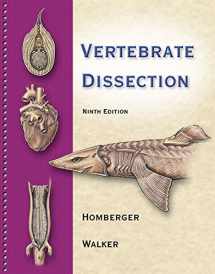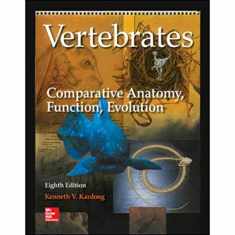
Vertebrate Dissection
Book details
Summary
Description
VERTEBRATE DISSECTION, Ninth Edition, provides exceptionally thorough and student-tested descriptions of dissection procedures and the steps needed to find all structures. It encourages and facilitates active and self-directed learning by the students so that instructors can teach more effectively and efficiently. The manual emphasizes dissection procedures that preserve as many structures as possible for later review of the entire specimens. This approach is an excellent preparation for students who will subsequently take anatomy courses in the health and animal sciences. Moreover, this manual places the observed material into an evolutionary and functional context. Students will understand the biological role, physiology, and embryonic development of each organ system and its parts, and how the various organ systems have evolved over time and in different animals. Organized by organ systems, this text brings the anatomy alive for students by interspersing narrative text throughout and explaining how the shape and structure of an organ relates to its function, and how evolutionary processes have transformed the form and function of organs. Additionally, the authors introduce a new feature, Anatomy in Action boxes, which contain interesting supplemental material that provides a broader context. Some of these boxes relate to functional anatomy, some make comparisons between different animals, and some address general biological questions that may include comparisons to the anatomy and biology of human beings.


We would LOVE it if you could help us and other readers by reviewing the book
Book review




